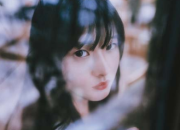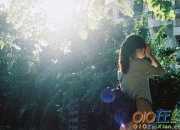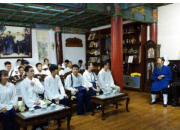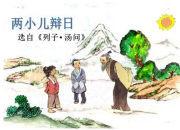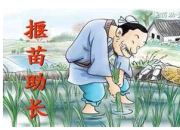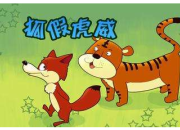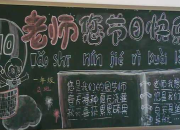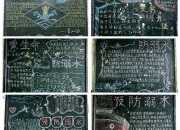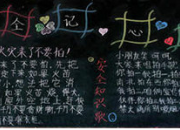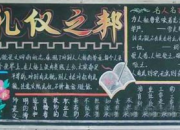介绍的春节英语作文
时间:2021-08-31马上就要迎来中国最隆重的春节了,你可知道春节的英语表达?接下来小编搜集了介绍的春节英语作文,仅供大家参考,希望帮助到大家。
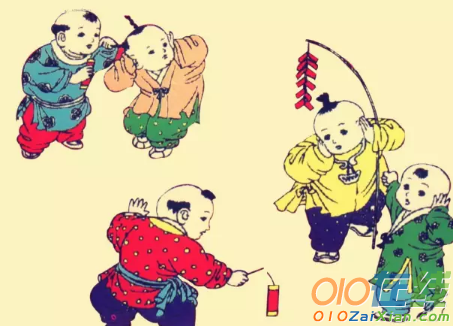
篇一:介绍的春节英语作文
Hello !welcome to the special Chinese new year's edition of discovering China. I'm Alina Li and I'm Ben Hedges, and today we'll be taking you through some of the most important traditions of Chinese new year and historical background. We will look at some of the legends behind Chinese new year and how to celebrate it. Here in the US and Chinese across the world.
The Chinese have specific way to celebrate their new year. If you walk down the street in Chinatown during Chinese New Year, you see a variety of ancient traditions such as red banners, firecrackers and lion dance performances, streets are filled with lively celebration.
However, legend has said that the new year has not always been a time of festivity. An Asian Chinese story told a chilly start to this festive holiday, it begins with an ancient Chinese beast called Nian.
Every New Year Nian would rise from swelling in the sea to ravage Chinese village in livestock and hurting people. The villages soon found out from a wise gray-haired old man that the only way to scare the beast away was to set off firecrackers and light lamps and to hang red banners on each door. As the story goes, this was the beginning of a tradition that would last thousands of years.
So this story leads to the creation of many of other traditions for celebrating Chinese New Year. let's take a look at some of these traditions.
篇二:介绍的春节英语作文
Chinese New Year or Spring Festival is the most important of the traditional Chinese holidays. It is sometimes called the "Lunar New Year" by English speakers. The festival traditionally begins on the first day of the first month (Chinese: 正月; pinyin: zhēng yuè) in the Chinese calendar and ends on the 15th; this day is called Lantern Festival. Chinese New Year's Eve is known as chú xī. It literally means "Year-pass Eve".
Chinese New Year is the longest and most important festivity in the Lunar Calendar. The origin of Chinese New Year is itself centuries old and gains significance because of several myths and traditions. Ancient Chinese New Year is a reflection on how the people behaved and what they believed in the most.
Celebrated in areas with large populations of ethnic Chinese, Chinese New Year is considered a major holiday for the Chinese and has had influence on the new year celebrations of its geographic neighbors, as well as cultures with whom the Chinese have had extensive interaction. These include Koreans (Seollal), Tibetans and Bhutanese (Losar), Mongolians (Tsagaan Sar), Vietnamese (Tt), and formerly the Japanese before 1873 (Oshogatsu). Outside of Mainland China, Hong Kong, Macau, and Taiwan, Chinese New Year is also celebrated in countries with significant Han Chinese populations, such as Singapore, Indonesia, Laos, Malaysia, the Philippines, and Thailand. In countries such as Australia, Canada and the United States, although Chinese New Year is not an official holiday, many ethnic Chinese hold large celebrations and Australia Post, Canada Post, and the US Postal Service issues New Year's themed stamps.
Within China, regional customs and traditions concerning the celebration of the Chinese new year vary widely. People will pour out their money to buy presents, decoration, material, food, and clothing. It is also the tradition that every family thoroughly cleans the house to sweep away any ill-fortune in hopes to make way for good incoming luck. Windows and doors will be decorated with red colour paper-cuts and couplets with popular themes of “happiness”, “wealth”, and “longevity”. On the Eve of Chinese New Year, supper is a feast with families. Food will include such items as pigs, ducks, chicken and sweet delicacies. The family will end the night with firecrackers. Early the next morning, children will greet their parents by wishing them a healthy and happy new year, and receive money in red paper envelopes. The Chinese New Year tradition is a great way to reconcile forgetting all grudges, and sincerely wish peace and happiness for everyone.
Although the Chinese calendar traditionally does not use continuously numbered years, outside China its years are often numbered from the reign of Huangdi. But at least three different years numbered 1 are now used by various scholars, making the year 2009 "Chinese Year" 4707, 4706, or 4646.
